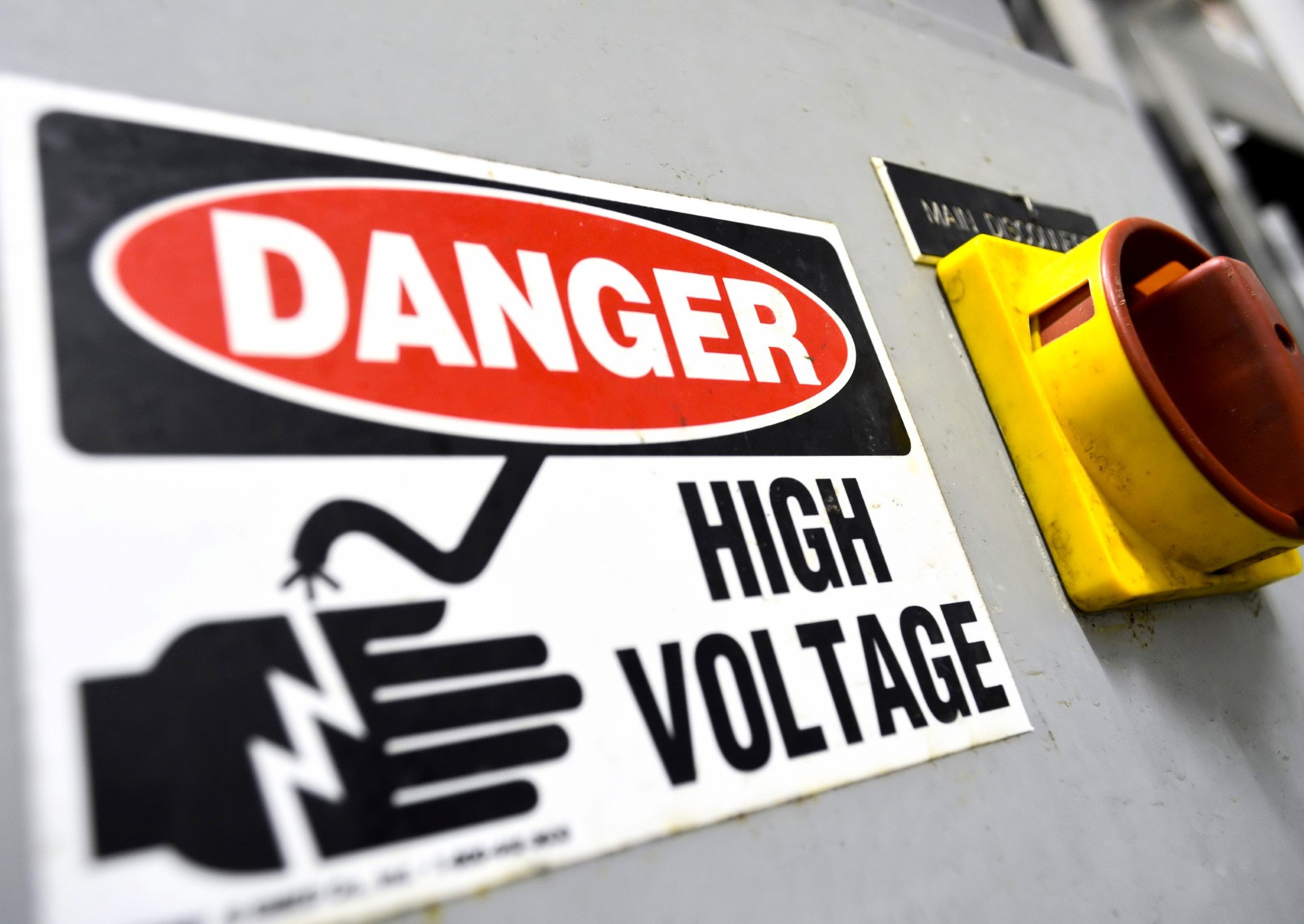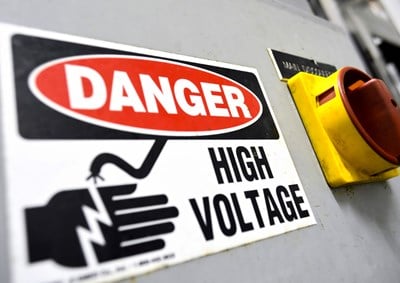Causes of electrical injury and shock include accidental exposure to household or appliance wiring, arcs from power lines, the severing of an electrical cord or sticking of foreign objects into an outlet (typically in the case of a young child), faulty machinery and occupational accidents. (Lightning is a separate topic with a unique set of injuries.
An electrical injury to the skin or internal organ can occur by accidental exposure to an electrical current. Although the external burn may appear minor, severe or fatal internal damage still may have occurred, especially to the heart, muscles or brain. Electrical injury can cause cardiac arrest (from the electrical impact to the heart), muscle and nerve destruction and thermal burns.
Approximately 3 percent to 4 percent of patients admitted to burn centers in the United States are victims of electrical injuries; serious electrical burns carry a 40 percent chance of death. The two most common age groups for electrical injury are children under six (e.g., exploring toddlers) and young adults (electrical workers and construction workers in particular). Electrical injury is the fifth leading cause of occupational death in the United States.
Symptoms of electrical injury or resulting shock may include:
- Skin burns
- Numbness, tingling
- Weakness
- Muscle contraction or pain
- Bone fractures
- Headache
- Hearing impairment
- Seizures
- Irregular heart rhythms
- Cardiac arrest
- Respiratory failure
- Unconsciousness
Whether a person survives an electric shock depends on the type of circuit (AC or DC current), level of the voltage, level of amperage, the way in which the current entered the body, the duration of exposure, the victim’s general health, and the timing and adequacy of treatment. Seeking immediate emergency assistance is vital in such situations.
To assist someone with an electrical injury:
- Check to see if the person is still in contact with the electric current.
- If so, don’t touch the person, and find another way to shut off the power, such as at the circuit or breaker box. A victim in contact with an AC current (household current) may not be able to let go of the point of contact because their muscles contract strongly in response to the electricity.
- Check breathing and pulse.
- Call 911 or emergency number.
 American College of Emergency Physicians
American College of Emergency Physicians







